Search Results for Tag: Greenland
Greenland on the horizon

Your iceblogger on the Greenland ice sheet. Time for another visit. (Pic: I.Quaile)
When I first visited Greenland back in 2009, it was not a place that made the news very often. This summer, as I prepare for another visit, I have been reading, hearing and viewing quite a bit about Greenland recently – and most of it was alarming.
Dark news from the white island
“Sea level fears as Greenland darkens” was the headline of a piece by David Shukman for the BBC. It reports on the findings of the “Black and Bloom” research project, looking at how increasing algae blooms through climate warming are darkening the ice sheet, meaning it absorbs more heat from the sun instead of reflecting it back into space.
Scientists are keenly observing the cracking of Greenland’s Petermann glacier. It has not made headlines on the same scale as the giant Larsen C iceberg in the Antarctic, but scientists tell us it is highly significant in terms of impacts clearly attributable to climate change. On Twitter, @Petermann_Ice provides regular updates. NSIDC provides daily information on the Greenland ice sheet in general.
Earlier this summer, a tsunami played havoc and caused loss of life in a small settlement on the west coast of the island. Ice melt is now thought to have played a key role.

The Greenland ice sheet, picture taken 2009. Recent studies say algae is making it darker(I.Quaile)
Faraway Greenland a global concern
While I don’t grudge the beautiful ice island the media attention, the reason it has been making headlines is a huge cause for concern. Climate change is melting the massive ice sheet increasingly fast, involving feedback effects which are hard to predict, and already affecting global sea level and weather patterns.
With this year’s UN climate conference, scheduled to be held right next to our DW headquarters here in Bonn, looming large on the horizon in three months time, I will be paying a visit to the icy island to see first-hand how climate change is affecting Greenland and the people who live there, and what scientists are finding out about the state of the northern hemisphere’s biggest body of freshwater. The massive ice sheet that (still) covers 80 percent of the world’s biggest island has the potential to increase global sea levels by 7 meters, if it were to melt completely.
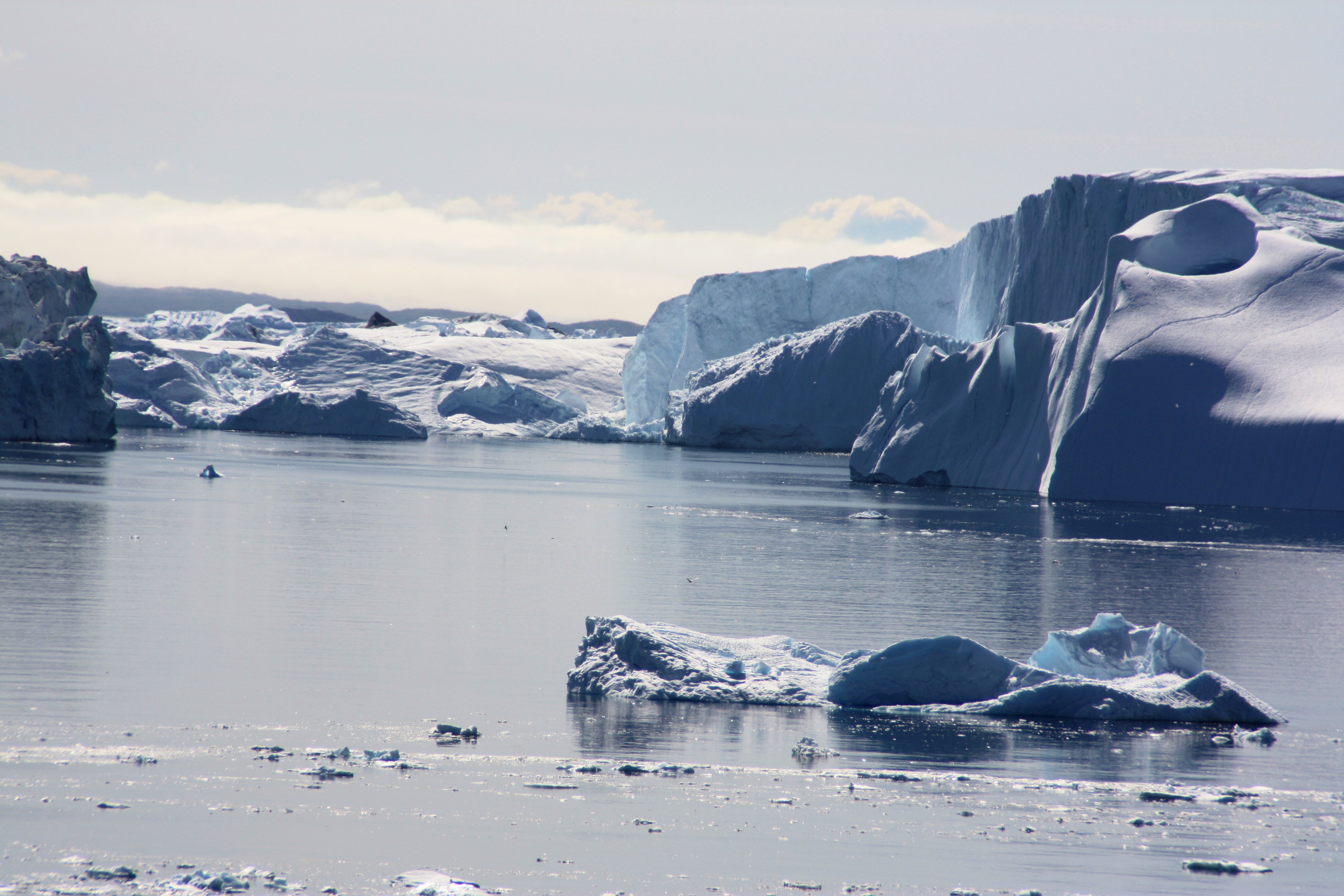
The ice sheet discharges icebergs into the sea (I. Quaile)
Now while that extreme is not something I worry about happening any time soon, I am concerned that the ice is melting ever faster and already contributing more to sea rise than it used to, with clear consequences for low lying coastal areas in many parts of the world. Even that massive ice sheet, more than three kilometers thick at its highest point, which has covered Greenland for two to three million years, is not safe from our human-induced global warming.
Lucky for some?
Of course the Greenlanders themselves are experiencing considerable changes to the environment they live in. The sea ice they relied on has dwindled in summer, shortening the time when it can be used as a reliable platform for people to travel from place to place by dog sled or snowmobile. Thawing permafrost is creating problems for some buildings. Traditional hunters and fishermen are having to change their lifestyles.
At the same time, given the harsh conditions in Greenland, especially in winter, it’s not hard to understand why some Greenlanders are not too upset about the climate getting a bit warmer. Grow more fruit and veggies. Earn revenue from easier mining, shipping, drilling – maybe enough to fund complete independence from Greenland? The worries of small island states in the Pacific may well seem a world away. But there is no escaping the fact that melting Greenland ice is raising sea level and changing weather patterns all over the globe, even in unlikely places like Africa.
So – it’s time for the Iceblogger to get the gear ready. The ice island is getting warmer. But I won’t pack my bikini for this trip. There has been a lot of snow this summer. I hear the occasional sceptic saying, “see, more snow. Where’s your warming?” I am happy to refer them to expert Jason Box:
low surface ice loss on Greenland this year due to heavy snowfall – consistent with climate warming
Climate Central also takes up the subject.
Yes, climate warming is in this case resulting in more snow. At least the field reports from “Eastgrip”, the East Greenland Ice-Core Project, tell me that means there are fewer mosquitos around. Think positive.
I will be heading first to Kangerlussuaq, the departure point for expeditions to the ‘”inland ice” of Greenland at the weekend. Look out for a post from there some time soon.
Greenland earthquake and tsunami – hazards of melting ice?
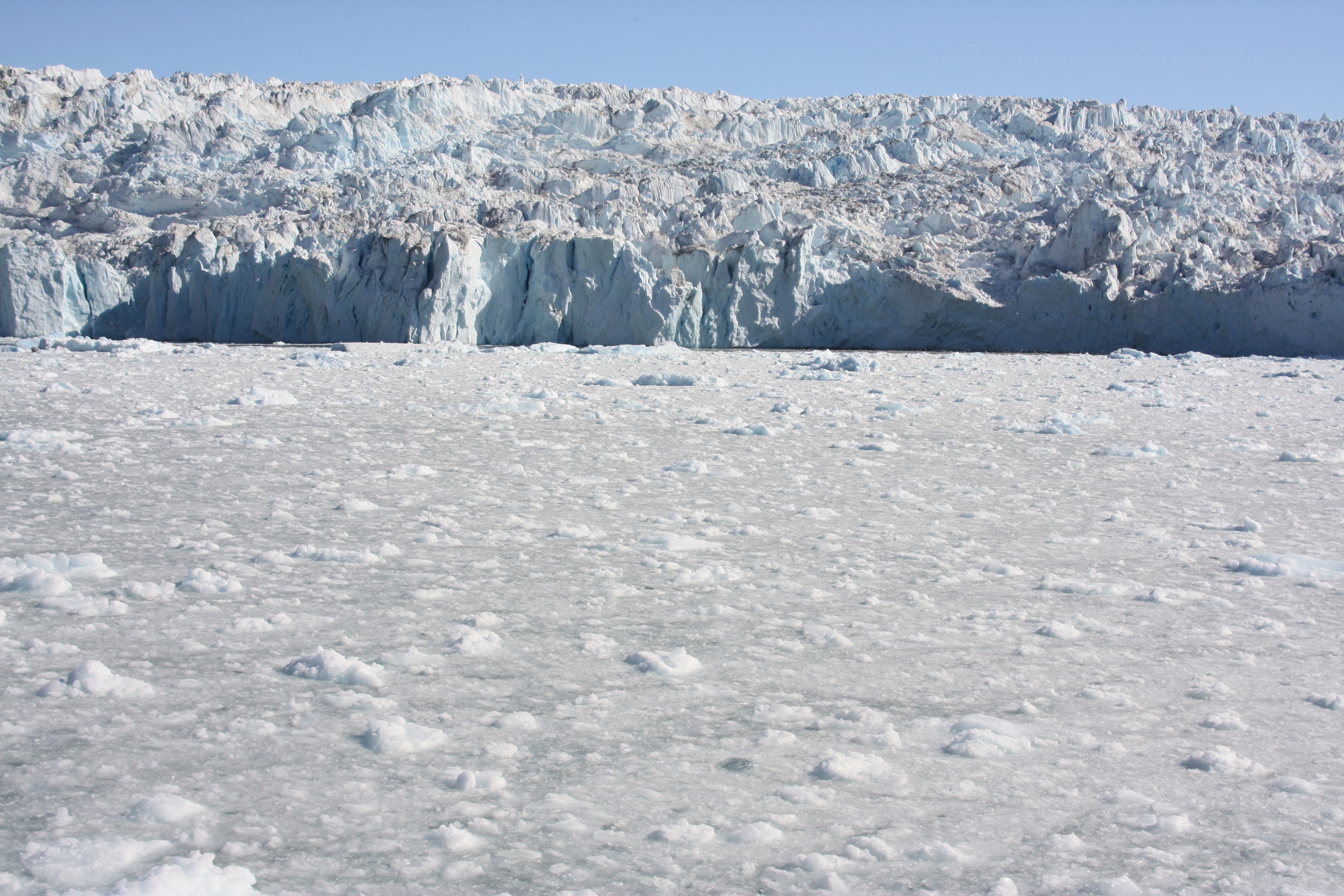
Is gradual CO2 increase speeding up Greenland ice sheet melt? (Pic: I.Quaile)
Following the news over the weekend with a trip to Greenland this summer at the back of my mind, my attention was immediately caught by reports of a tsunami and earthquake in Greenland. Four people were reported missing. Buildings had been swept away, including the power station on the island of Nuugaatsiaq. Greenland is not the first place that comes to mind in connection with earthquakes and tsunamis. But in fact they are not as rare as you might think.
The cause of the weekend’s event is still unclear. But a tweet from the Greenland Climate Research Centre links to an article in the Washington Post from June 25 2015:
“Glacial earthquakes”
The article reports on a paper published in the journal Science at that time by researchers from Swansea University in the UK, the Lamont-Doherty Earth Observatory at Columbia University and several other institutions. It says the loss of Greenland’s ice can generate “glacial earthquakes”.
“When vast icebergs break off at the end of tidal glaciers, they tumble in the water and jam the glaciers themselves backwards. The result is a seismic event detectable across the Earth”.
Worrying reading indeed, as GCRC wrote in their tweet.
The Washington Post article quoted Meredith Nettles from Columbia, one of the co-authors.
She specifically mentions the tsunami effect:
“The tsunami is caused because the iceberg has to move a lot of water out of the way as it tips over”.

Arctic icebergs can displace a lot of water (Pic: I.Quaile, Greenland)
Too early to say
I have been trying to find more information on what the experts think caused this weekend’s particular event. So far, there is no clarity. But the GCRC tweet with link to the Washington Post article seems to indicate they think it could be ice-related.
Another theory is that the quake and tsunami were caused by a landslide. The news agency DPA says the Geological Survey of Denmark and Greenland are still trying to determine the cause of the tsunami.
“Initially, geologists believed it was triggered by an earthquake, but another theory blamed a large landslide from one of the mountains on the fjord system”.
It seems the Danish Arctic Commando published images showing signs of an extensive landslide.
“Tsunamis and large waves at times affect Greenland’s coasts, but, according to the Geological Survey, they are usually caused by landslides and the breaking off of ice from melting glaciers”, the agency writes.
DPA earlier noted that the Danish earthquake authority GEUS had recorded a 4.0 quake.
Warning from Greenland ice cores
One way or other, the weekend tsunami is unlikely to allay anxiety about the effects of rapidly melting substantial quantities of ice.
And a study just published by Germany’s Alfred-Wegener-Institute (AWI) provides more food for thought about human-induced changes to our climate. It indicates that the gradual nature of the changes we are making to the CO2 concentration in the atmosphere is no guarantee that the resulting climate change will also be gradual. On the contrary. Computer models based on information from ice cores from Greenland show that in high latitudes of the northern hemisphere, there were abrupt changes in climate, which the scientists attribute to a gradual increase in CO2.
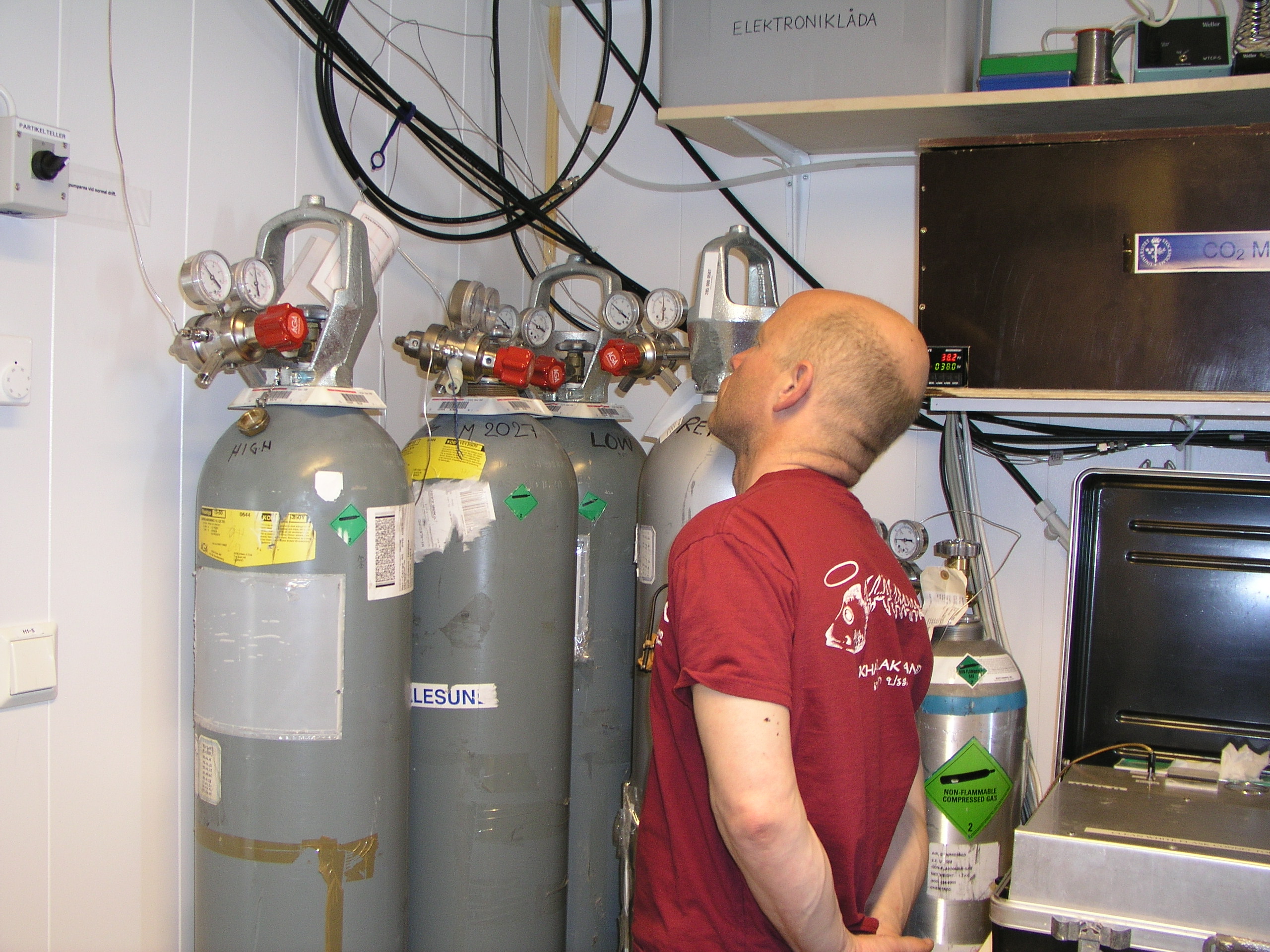
Rising CO2 emissions – no part of the world is spared (Measuring station on Svalbard, Pic. Quaile)
During the last ice age, they say that the influence of atmospheric CO2 on the North Atlantic Current within a few decades led to an increase in temperature of up to 10 degrees Celsius in Greenland. The study, published in the journal Nature Geoscience, by scientists from AWI and the University of Cardiff shows that in recent earth history, there have been situations when gradual increases in CO2 concentrations at what are known as “tipping points” led to abrupt changes in ocean circulation and climate.
Sudden warm age on the horizon?
Lead author Xu Zhang says the study is the first to prove that a gradual increase in CO2 can set off very rapid warming, based on interactions between ocean currents and the atmosphere.
The authors also show that the rise in CO2 is the main cause of chances in ocean currents during the transition from an ice age to a warm period.
Of course, they add, the framework conditions today are different from those during an ice age, so it is not possible to say the rise in CO2 will have similar effects in future.
But they say they can definitely show that there were abrupt climate changes in Earth’s history, which can be traced back to continual rises in CO2 concentrations.
Reason enough for concern to people living on the coast of Greenland – not to mention the rest of us, given the key role the world’s biggest island, with the biggest freshwater mass in the northern hemisphere sitting on top of it in the form a giant ice sheet, plays in influencing climate and sea levels around the globe?
Why Africa has to worry about melting Greenland ice

Equi glacier discharging into the sea off Greeenland (Pic. I.Quaile)
Working for an international broadcaster which has Africa as one of its key target groups, I often find it difficult to interest some of my colleagues in what is happening in the Arctic. So my attention was caught instantly when I came across an article by Chelsea Harvey in the Washington Post: A climate chain reaction: Major Greenland melting could devastate crops in Africa.
![]() read more
read more
Arctic sea ice: is the minimum maximum the new normal?
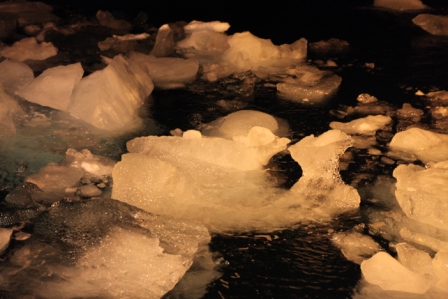
Even the winter sea ice is waning (Off Svalbard, pic. I.Quaile)
If you blinked, you might have missed it. The confirmation came this week that the Arctic sea ice reached yet another all-time low this past winter. It came and went, without too much ado.
Maybe the excitement was just past. The maximum extent was actually reached on March 7th, but of course you can only be sure it is really not going to spread any further once it has definitely been retreating for some time with the onset of spring.
I was waiting for the NSIDC confirmation, but not with any doubt in my mind that it would tell us officially the maximum for this season would be a minimum.
The danger is a “so what?” kind of reaction, or resignation, with the feeling that nothing short of some kind of unprecedented experimental geo-engineering could save the Arctic summer sea ice in the coming years, as the world continues to warm.
Lowest on record
The National Snow and Ice Data Center (NSIDC), part of the Cooperative Institute for Research in Environmental Sciences at the University of Colorado Boulder, and NASA confirmed this week that Arctic sea ice was at a record low maximum extent for the third straight year.
It reached the maximum on March 7, at 14.42 million square kilometers (5.57 milion square miles). Since then, it has started its annual decline with the start of the melt season. Some time in September it will reach its minimum.
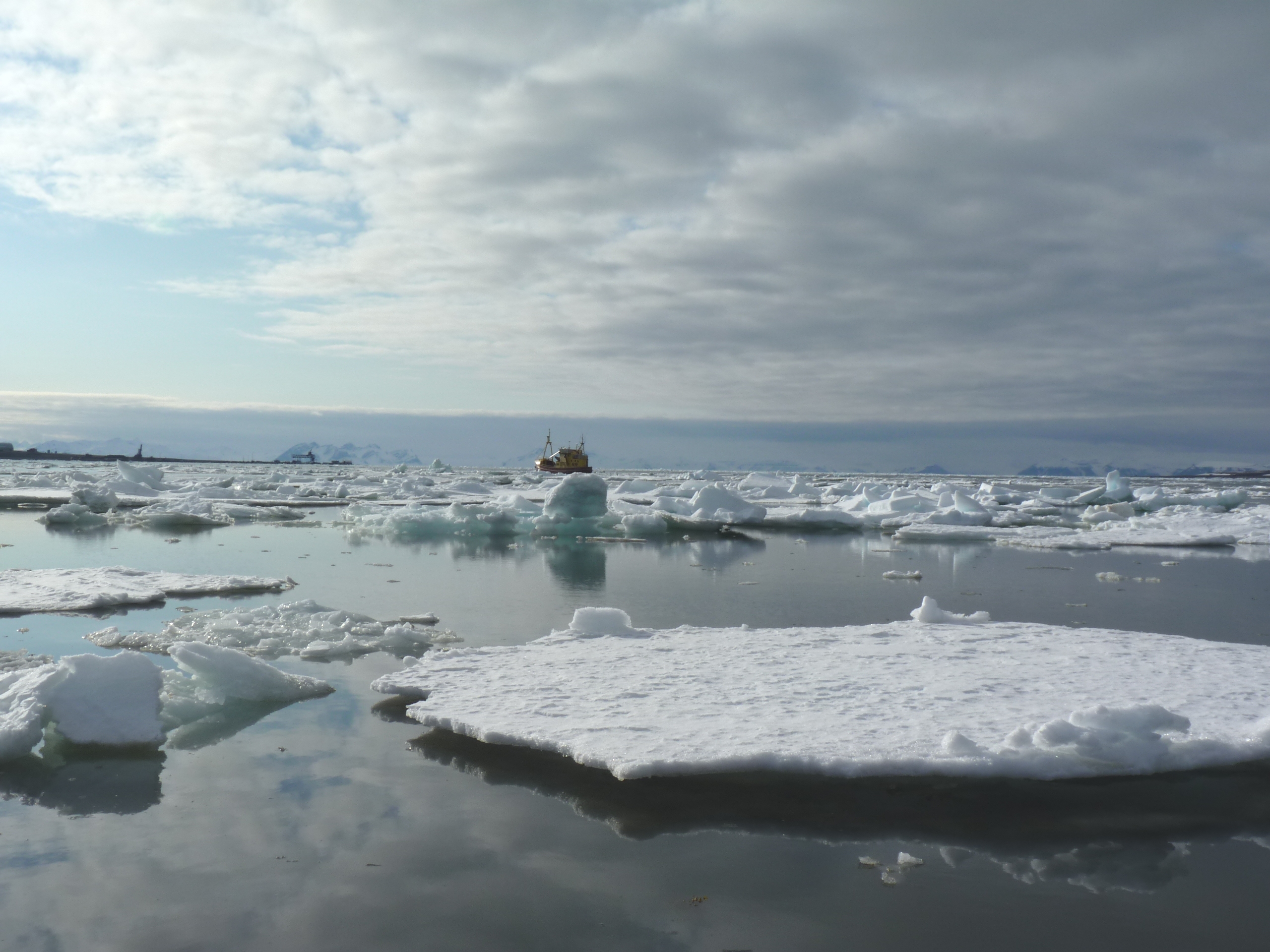
Sea ice going, going, gone? (Photo: I Quaile, off Svalbard)
This year’s maximum is the lowest in the 38-year satellite record. NSIDC scientists said a very warm autumn and winter had contributed to the record low maximum. Air temperatures were 2.5 degrees Celsius (4.5 degrees Fahrenheit) above average over the Arctic Ocean. Against the background of overall warmth came a series of “extreme winter heat waves over the Arctic Ocean, continuing the pattern also seen in the winter of 2015”, NISDC said in a statement.
The air over the Chukchi Sea northwest of Alaska and the Barents Sea north of Scandinavia was even warmer, averaging around 9 degrees Fahrenheit (five degrees C) above the norm.
NSIDC director Mark Serreze said in his statement: “I have been looking at Arctic weather patterns for 35 years and have never seen anything close to what we’ve experienced these past two winters.”
The winter ice cover was also slightly thinner than that of the past four years, according to data from the European Space Agency’s CryoSat-2 satellite. Data from the University of Washington’s Pan-Arctic Ice Ocean Modeling and Assimiliation System also showed that the ice volume was unusually low for this time of year.
Record summer melt ahead?
“Thin ice and beset by warm weather – not a good way to begin the melt season,”, said NSIDC lead scientist Ted Scambos.
A low maximum does not necessarily mean the minimum to be measured in September will also be a record low, as it depends on summer weather patterns. But Julienne Stroeve from NSIDC and professor of polar observation and modeling at the University College London said “Such thin ice going into the melt season sets us up for the possibility of record low sea ice conditions this September”.
“While the Arctic maximum is not as important as the seasonal minimum, the long-term decline is a clear indicator of climate change”, said Walt Meier, a scientist at the NASA Goddard Space Flight Center Cryospheric Sciences Laboratory and an affiliate scientist at NSIDC. Iceblog readers might wonder if that is stating the obvious, but given the attitudes of the US administration, you can’t take anything for granted.

Data from satellites is key. Reception centre at KSAT in Tromso, Norway, Pic. I Quaile)
The September sea ice measurements began to attract attention in 2005, when the ice extent first shrank to a record low over the period of satellite observations. It broke the record again in 2007 and in 2012. There used to be little interest in the maximum extent of the Arctic sea ice at the end of winter. I can remember reading with concern and writing a piece about the maximum extent also reaching a record low in 2015.
NOAA (climate.gov, “science & information for a climate-smart nation”!) said in its statement:
“Arctic sea ice extents have followed a steady downward trajectory since the start of the 21st century – at the same time global temperatures have reached new record highs. Betides setting multiple record low summertime minimum extents, Arctic sea ice began to exhibit a pattern of poor winter recovery starting around 2004.”
Living on thin ice
I remember an expedition to Alaska in 2008, when locals at Barrow told me about their personal experiences of the sea ice becoming thinner and less dependable. Some years later I heard similar reports from people in Greenland, who were selling their sled dogs and buying boats in preparation for changing from ice to open water fishing. The data backs them up.

Sled dog – out of work? (I.Quaile, Greenland)
Yereth Rosen, writing for Alaska Dispatch News, draws attention to the problems of continuing to collect that data. She quotes NSIDC’s Serreze:
“Just how well the center will be able to track sea ice in the future remains unclear. No new satellite is expected to be in place until 2020, and there are concerns about potential interruptions in the record that goes back to 1979… We’re at a situation where the remaining passive microwave instruments up there are kind of elderly. If we have satellite failures, we could lose that eye in the sky”.
Now there is a worrying thought.
Against the background of budget cuts proposed by the Trump administration, that – to put it mildly – does not regard tracking climate change as a high priority – scientists are understandably worried about the future of scientific research on climate and environment related issues.
Method in the madness?
Without reliable continuous satellite data, it would be much harder to track how climate change is affecting the polar regions, the ocean and our planet in general. This may well be the intention of climate-change deniers behind the scenes. But climate change itself will not go away – and the impacts will be increasingly evident.
Tim Ellis, writing for Alaska Public media, quotes Serreze as saying the polar ice cap will not last long if the region continues to warm at this rate.
“We are on course sometime in the next few decades, maybe even earlier, to have summers in the Arctic where, you go up there at the end of August, say, and there’s no ice at all.”
“The view from space in the fall of around 2040” , he went on – assuming we still have satellites to take the pictures – “will be of a blue Arctic Ocean, aside from some scattered icebergs and clusters of pack ice”.
I don’t know about you, but I find that a rather depressing thought.

My kind of sea ice – frozen Chukchi Sea (Pic: I.Quaile)
Implications for the rest of the globe
Andrea Thompson, for Climate Central, writes “even in the context of the decades of greenhouse gas-driven warming, and subsequent ice loss in the Arctic, this winter’s weather stood out.”
She also reminds us of the global impacts of a warming Arctic and decline in sea ice:
“The Arctic was one of the clear global hotspots that helped drive global temperatures to the second- hottest February on record and the third-hottest January, despite the demise of a global heat-boosting El Nino last summer.”
This week the UN’s World Meteorological Organisation (WMO) said 2016 had been the hottest year ever recorded, and that the record-breaking heat had continued into 2017, sending the world into “truly uncharted territory”.
“The dramatic melting of Arctic ice is already driving extreme weather that affects hundreds of millions of people across North America, Europe and Asia, according to emerging research”, Damian Carrington writes in the Guardian.
On March 15th, Carrington published an article entitled “Airpocalypse smog events linked to global warming”, referring to extreme smog occurrences in China.
Optimism – the only way to go?
This week I interviewed German oceanologist and climatologist Mojib Latif. I wanted to find out whether the highly unusual extreme rainfall and flooding happening in Peru could be explained by natural cycles or was likely to be a climate change impact which could reoccur. You can read the interview here or listen to it on my Living Planet show this week online or on soundcloud.
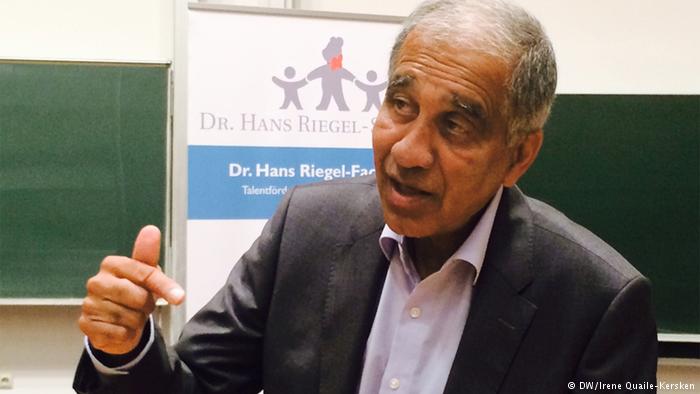
Professor Latif on a visit to Bonn. (Pic. I.Quaile)
The professor stressed that the scientists are baffled, because it is not really the time for an el Nino, although this seems to be a “coastal el Nino”, driven by exceptionally warm water off the coast. Of course he is reluctant to attribute any single event to climate change. He stated unequivocally, though, that the warming of the ocean worldwide was absolutely inexplicable without anthropogenic CO2 emissions, that this is all in line with climate models and that we should all be preparing for an increasing number of increasingly extreme weather events, as the world warms.
He says the governments of the world (apart perhaps from the new US administration) are in no doubt that climate change is happening and they need to halt it. But they have so far failed in their attempts.
When I asked Professor Latif if he still felt optimistic, he told me we really had no other choice. While critical of the lack of government action, he is convinced the world will realize that renewables are ultimately far superior to fossil fuels and will ultimately prevail. The question is whether that will happen in time. As far as the Arctic summer sea ice is concerned, I have to go with a Scots expression: “A hae ma doots”.
“Cheers” to a cool Arctic in 2017
As 2016 draws to an end, the shortest day has passed in the northern hemisphere, and it should normally be a “cool” time of the year, in more ways than one, especially in the Arctic. But with temperatures at a record high, sea ice at a record low and feedback loops springing into action, the Arctic is hotting up – and I wish I could say the same for efforts to halt climate change.
Ice expert Jason Box tweeted this morning:
North pole near or at melting, strange given 24 h darkness there now, cold space aloft… is all about heat inflow from south @PolarPortal pic.twitter.com/r5C4i28vKR
— Jason Box (@climate_ice) December 23, 2016
Meteorologist Scott Sutherland writes on Dec. 22nd:
“(…) North Pole temperatures have climbed to 30oC hotter than normal for this time of year.
(…) Now, in late December, in the darkness of the Arctic winter, air temperatures at the North Pole have actually reached the freezing point, as recorded by weather buoys floating within a few degrees of the pole. As of the morning of Thursday, December 22 (3 a.m. EST), the International Arctic Buoy Programme (IABP), operated out of the University of Washington, recorded temperatures from these buoy up to 0oC or slightly higher.”
“(…) Right now, Arctic sea ice extent is at the lowest level ever recorded.”
Arctic in need of tlc?
It looks like the Arctic is urgently in need of some tlc – or maybe intensive care would be more fitting.
The Arctic Report Card for 2016 recently published by NOAA should have set alarm bells ringing. Based on environmental observations throughout the Arctic, it notes a 3.5 degree C increase since the beginning of the 20th century. The Arctic sea ice minimum extent tied with 2007 for the second lowest value in the satellite record – 33 percent lower than the 1981-2010 average. That sea ice is relatively young and thin compared to the past.
A “shrew”d indicator of Arctic warming
Let me quote what are described as the “Highlights”:
“The average surface air temperature for the year ending September 2016 is by far the highest since 1900, and new monthly record highs were recorded for January, February, October and November 2016.
After only modest changes from 2013-2015, minimum sea ice extent at the end of summer 2016 tied with 2007 for the second lowest in the satellite record, which started in 1979.
Spring snow cover extent in the North American Arctic was the lowest in the satellite record, which started in 1967.
In 37 years of Greenland ice sheet observations, only one year had earlier onset of spring melting than 2016.
The Arctic Ocean is especially prone to ocean acidification, due to water temperatures that are colder than those further south. The short Arctic food chain leaves Arctic marine ecosystems vulnerable to ocean acidification events.
Thawing permafrost releases carbon into the atmosphere, whereas greening tundra absorbs atmospheric carbon. Overall, tundra is presently releasing net carbon into the atmosphere.
Small Arctic mammals, such as shrews, and their parasites, serve as indicators for present and historical environmental variability. Newly acquired parasites indicate northward shifts of sub-Arctic species and increases in Arctic biodiversity. “
Getting the message across
The NOAA website sums it up in a video, saying:
“…Rapid and unprecedented rates of change mean that the Arctic today is home to and a cause for a global suite of trillion dollar impacts ranging from global trade, increased or impeded access to land and ocean resources, changing ecosystems and fisheries, upheaval in subsistence resources, damaged infrastructure due to fragile coastlines, permafrost melt and sea level rise, and national security concerns.
In summary, new observations indicate that the entire, interconnected Arctic environmental system is continuing to be influenced by long-term upward trends in global carbon dioxide and air temperatures, modulated by regional and seasonal variability.”
Margaret Williams, the managing director for WWF’s US Arctic programme had this to say:
“We are witnessing changes in the Arctic that will impact generations to come. Warmer temperatures and dwindling sea ice not only threaten the future of Arctic wildlife, but also its local cultures and communities. These changes are impacting our entire planet, causing weather patterns to shift and sea levels to rise. Americans from California to Virginia will come to realize the Arctic’s importance in their daily lives.
“The science cannot be clearer. The Arctic is dramatically changing and the culprit is our growing carbon emissions. The report card is a red flashing light, and now the way forward is to turn away from fossil fuels and embrace clean energy solutions. Protecting the future of the top of the world requires us to reduce emissions all around it.”
Sack the teacher, kill the messenger?
That was her response to the Arctic Report Card. In my school days, the report card was a business to be taken seriously. A bad report meant you were in trouble and would have to smarten up your act or you would be in big trouble with mum and dad.
The question is – who gets the report, and who has to smarten up their act?
This one should make the governments of this world speed up action on mitigating climate change and getting ready for the impacts we will not be able to halt.
Then again, they could just try to get rid of the messengers who come up with the bad news. If your kid’s report card is bad, do you try to improve his performance – or get rid of the teacher who came up with the negative assessment – based on collected data?
I am concerned that the administration in the wings of the US political stage could be more likely to do the latter. As I wrote in the last Ice Blog post, the new Trump administration is threatening to cut funding for climate research. The proposed new Cabinet is well stocked with climate skeptics.
Concern about research
Financial support for the Arctic Report Card is provided by the Arctic Research Program in the NOAA Climate Program Office. Its preparation was directed by a “US inter-agency editorial team of representatives from the NOAA Pacific marine Environmental Laboratory, NOAA Arctic Resarch Program and the US Army Corps of Engineers, Cold Regions Research and Engineering laboratory.
Yereth Rosen, writing for Alaska Dispatch News, quotes Jeremy Mathis, the director of NOAA’S Arctic research program and one of the editors of the report card.
“The report card this year clearly shows a stronger and more pronounced signal of persistent warming than in any previous year in our observational record”.
“We hope going into the future that our scientists and researchers still have the opportunity to contribute and make possible the summary that we’re able to present. So we have every intention of continuing to publish the Arctic Report Card as we have in the past and pulling together the resources and the right people that allow us to do that”.
Livid and acrimonious
The debate over President Obama’s announcement that he was making a vast area of the Arctic Ocean off-limits to drilling for oil or gas, shows the dilemma of our times – and .. which could influence the living conditions on our planet for generations to come.
Erica Martinson, writing for the Alaska Dispatch News, provides interesting insights into the debate for those of us who do not live in Alaska.
She quotes Alaska’s Republican Congressman Don Young, saying he used “livid language” in his response. Obama’s move means “locking away our resources and wuffocating our already weakened economy”. He goes on “Alaska is not and shuld not be used as the poster child for a pandering environmental agenda”.
Ooh. Livid indeed.
She also quotes Republican Senator Dan Sullivan as describing the move as “one final Christmas gift to coastal environmental elites”. So would those be the indigenous communities being forced to relocate because climate changes are destroying their homes, Senator?
The administration, on the other hand, says it is protecting the region from the risk of a catastrophic oil spill, Martinson writes.
It seems to me that Obama’s parting gift goes rather to the “Alaska Native communities of the North Slope” who “depend largely on the natural environment, especially the marine environment, for food and materials”, and to the many endangered and protected species in the area, “including bowhead and fin whales, Pacific walrus, polar bear and others”.
What about the Paris Agreement?
But as well as that regional aspect, the decision not to open up new regions to drilling for oil and gas is in line with the global need to cut fossil fuel emissions to halt the warming of the world.
Jamie Rappaport Clark, CEO of “Defenders of Widife”, puts it:
“It marks the important recognition that we cannot achieve the nation’s climate-change goals if we continue to expand oil and gas development into new, protine environments like the Arctic and Atlantic Oceans”.
This is not just about Alaska, not just about the Arctic, but the future of the planet as a whole.
The World Meteorological Organization (WMO) says 2016 is on track to be the hottest year on record. According to UN estimates, the global temperature in 2016 was 14.88 degrees C – 1.2 degrees higher than before the industrial revolution began in the mid-19th century.
In an article for the New York Times on December 22, Henry Fountain and John Schwartz quote NOAA’s Arctic Research Program director Jeremy Mathis.
“Warming effects in the Arctic have had a cascading effect through the environment” “We need people to know and understand that the Arctic is going to have an impact on their lives no matter where they live”. That includes the oil-industry-friendly and climate skeptical team that is set to enter the White House in the New Year,
So when I propose a toast to a cool Arctic in 2017, I am not just thinking of my friends in the high north. For all our sakes, we have to kick our fossil fuel habits, save energy and cut the emissions which keep the giant refrigerator that helps make our world a viable place to live well chilled.




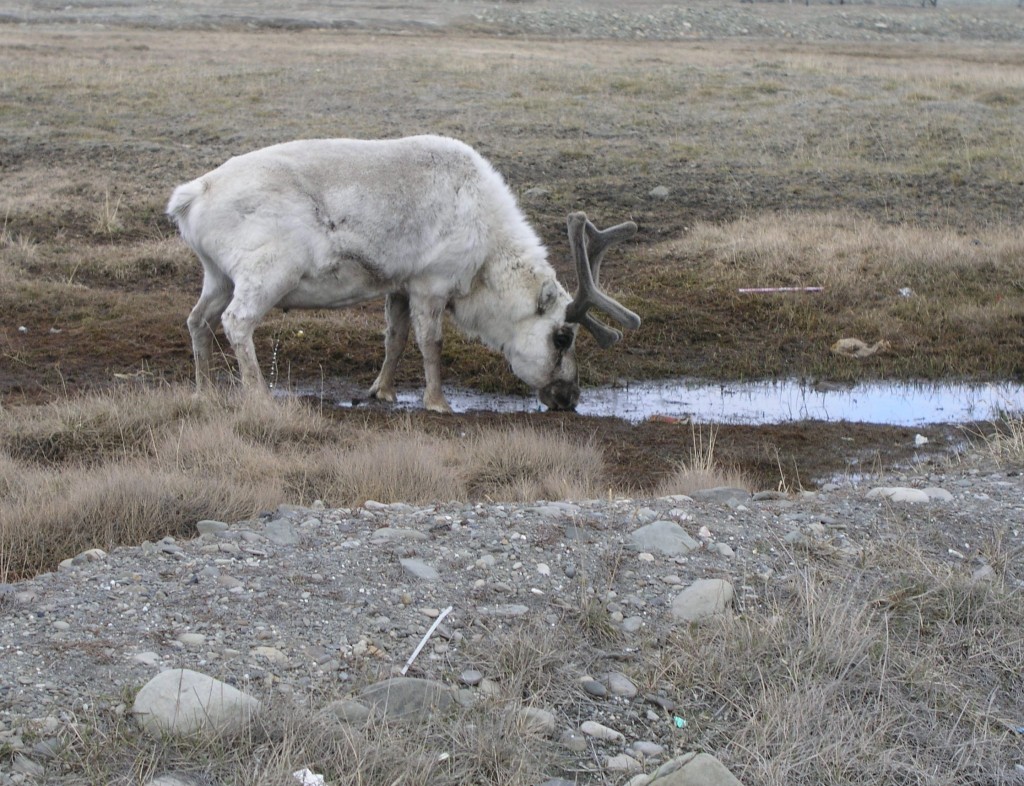
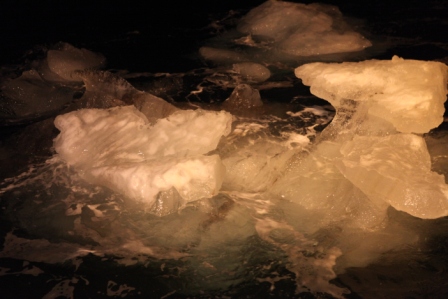
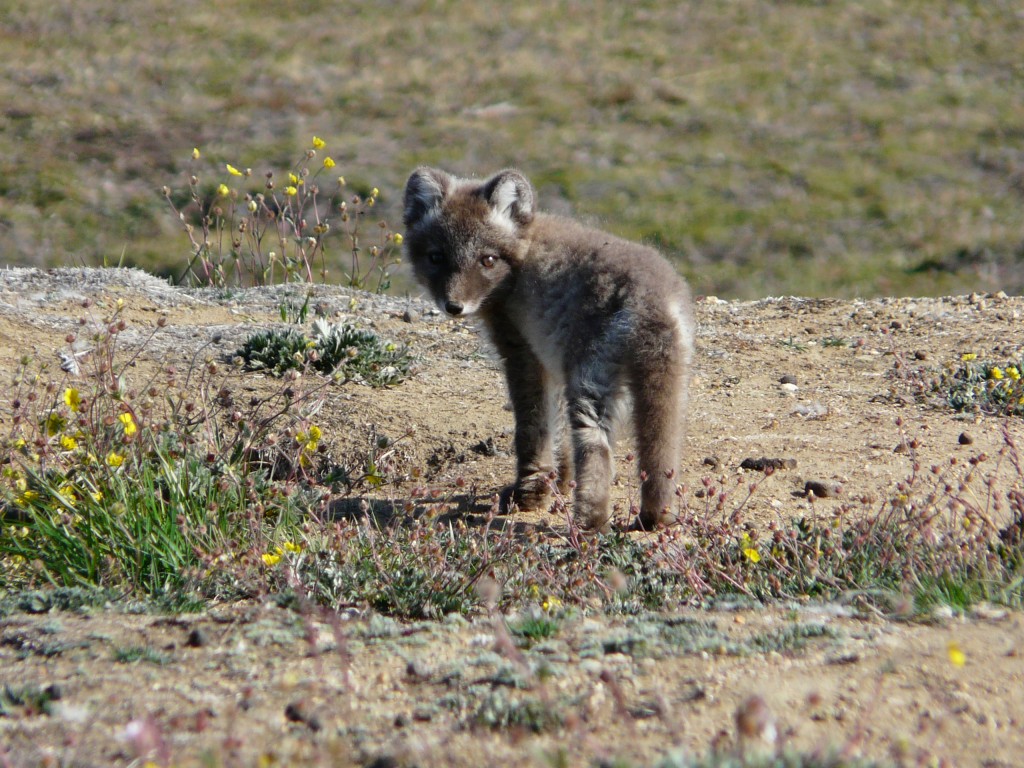
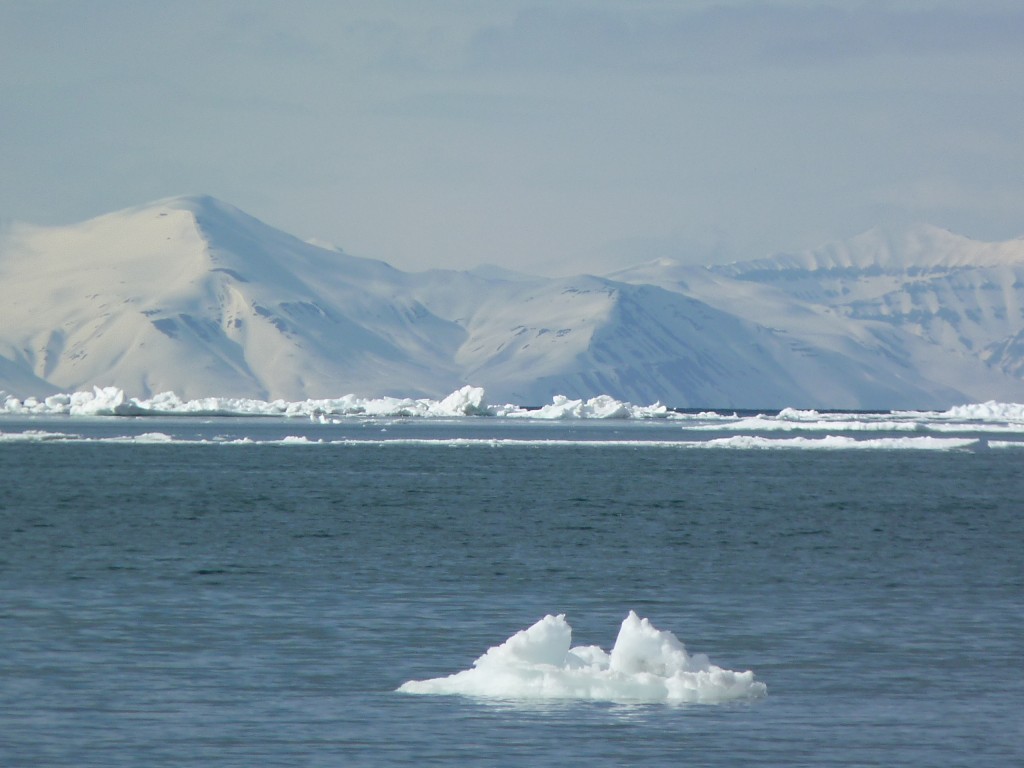
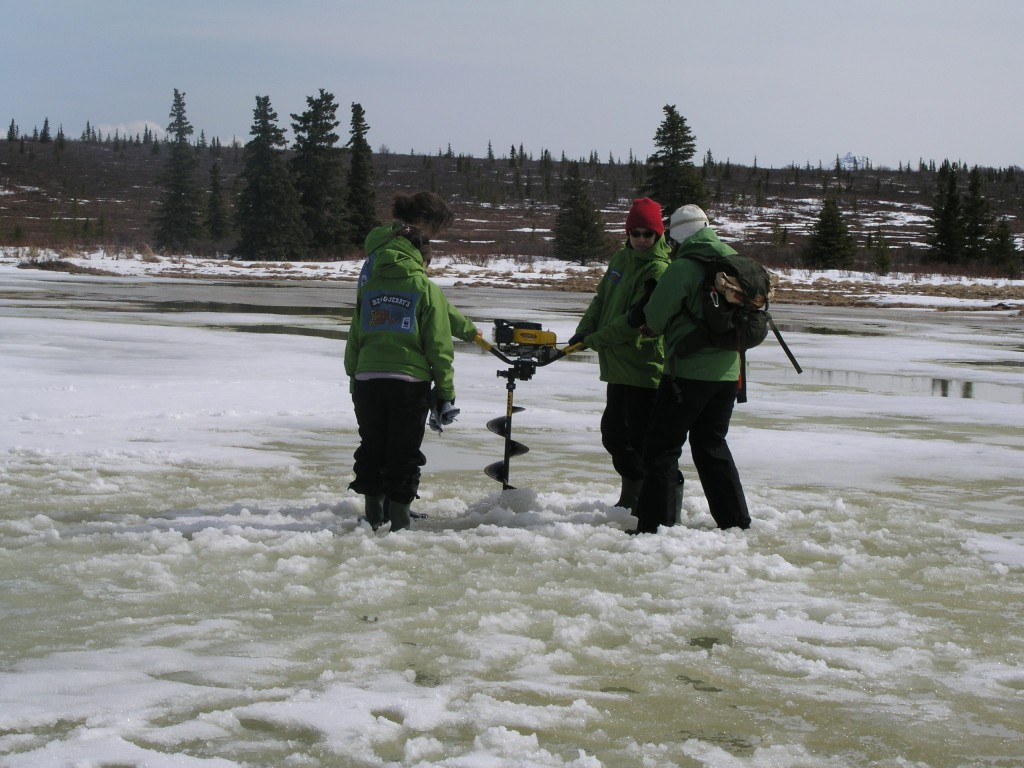
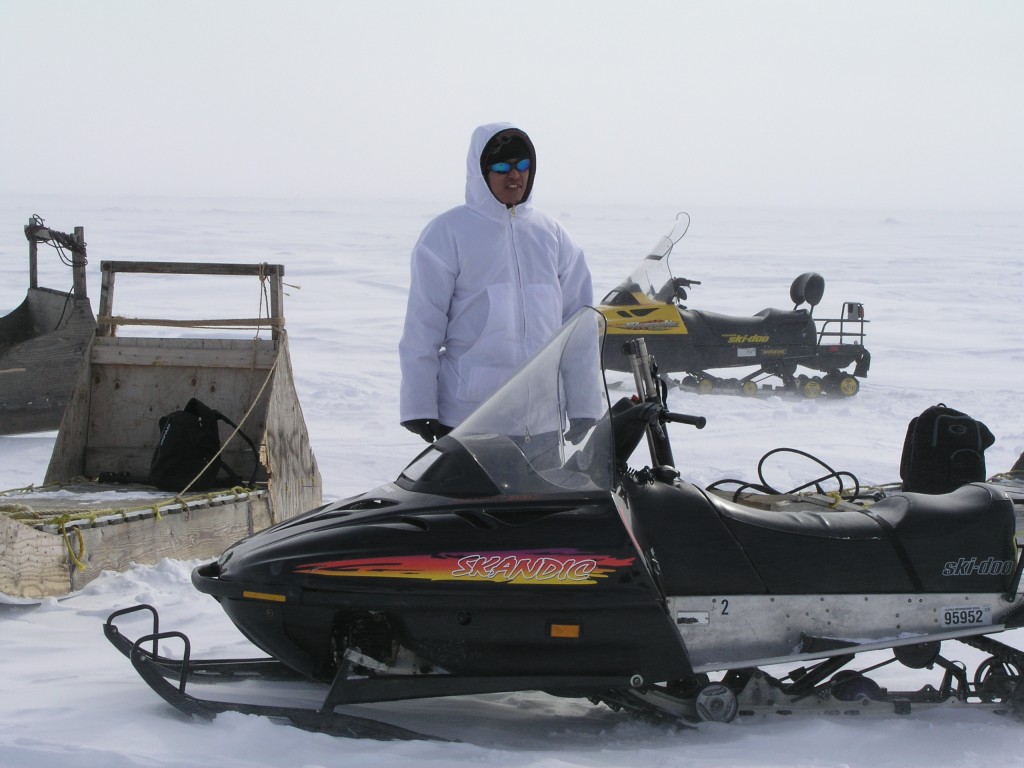
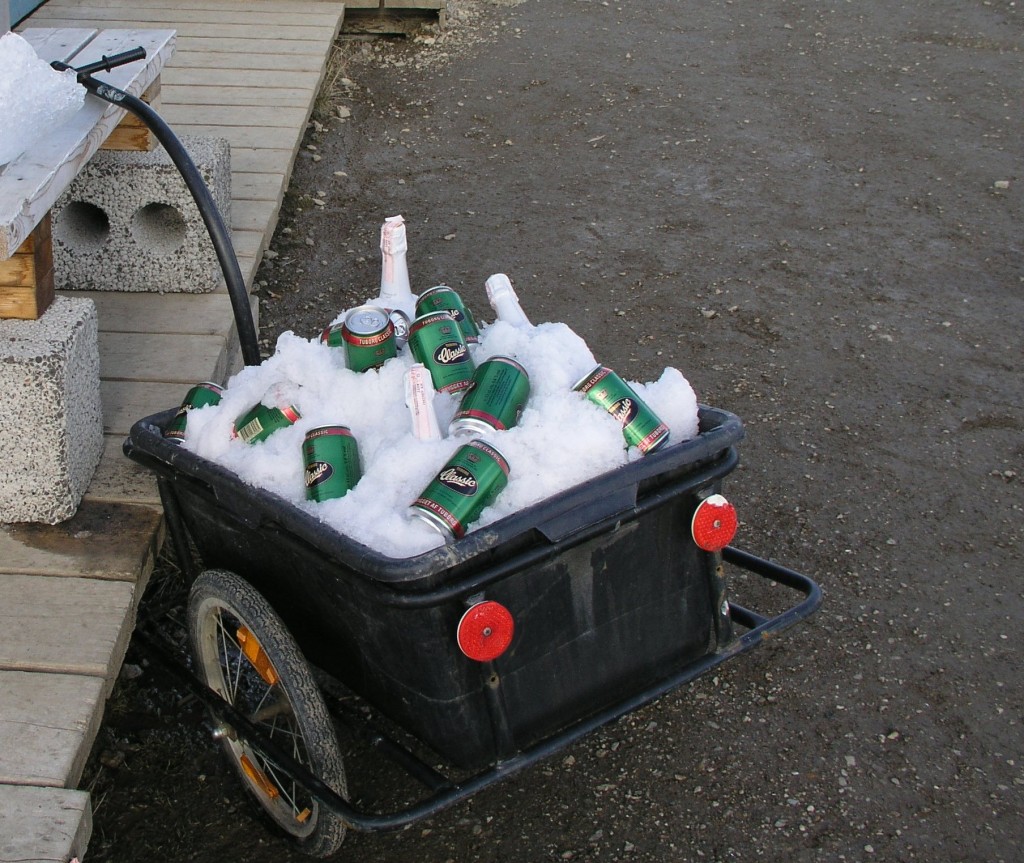
















Feedback